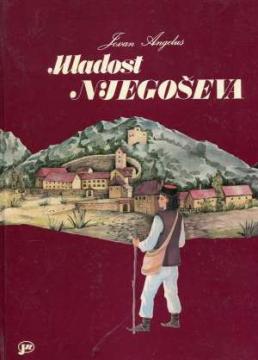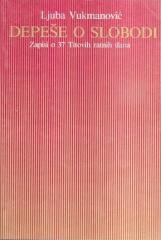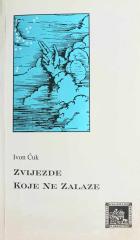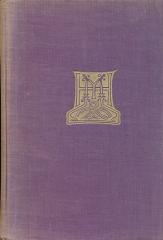
Mladost Njegoševa
"The Youth of Njegoš" by Jovan Angelus is a biographical narrative depicting the early years of the life of Petar II Petrović Njegoš, one of the most important Montenegrin rulers, poets and philosophers.
Through narrative, Angelus explores the formative moments that shaped Njegoš's character, intellect, and spirituality. Set in Montenegro in the early 19th century, at a time when the small Balkan country was facing many challenges, including the struggle to preserve its independence and identity. Through the eyes of the young Rade Tomov, as Njegoš was known before his monasticism, readers follow his journey from childhood in the village of Njeguša to assuming responsibility as the spiritual and secular leader of his people. Angelus details Njegoš's relationship with his mentor, Archimandrite Petar I Petrović, who recognizes his potential and sends him to study. During his education, Njegoš develops a love of literature, philosophy, and folk tradition, which will later influence his own literary works. The book also depicts Njegoš's inner struggle between personal desires and his duty to his people. His youthful turmoil, loves and friendships are depicted with special care, giving the reader an insight into the man behind the legend.
Angelus's writing style is characterized by a richness of language and a deep understanding of Montenegrin culture and history. Through vivid descriptions of the landscape, customs and people, the author manages to convey the atmosphere of the time and place in which Njegoš grew up.
"The Youth of Njegoš" is not only a biography but also an ode to the Montenegrin spirit, tradition and struggle for freedom. The book provides a deeper understanding of Njegoš's personality, his inner dilemmas and the external influences that shaped his life and work.
No copies available
The last copy was sold recently.





